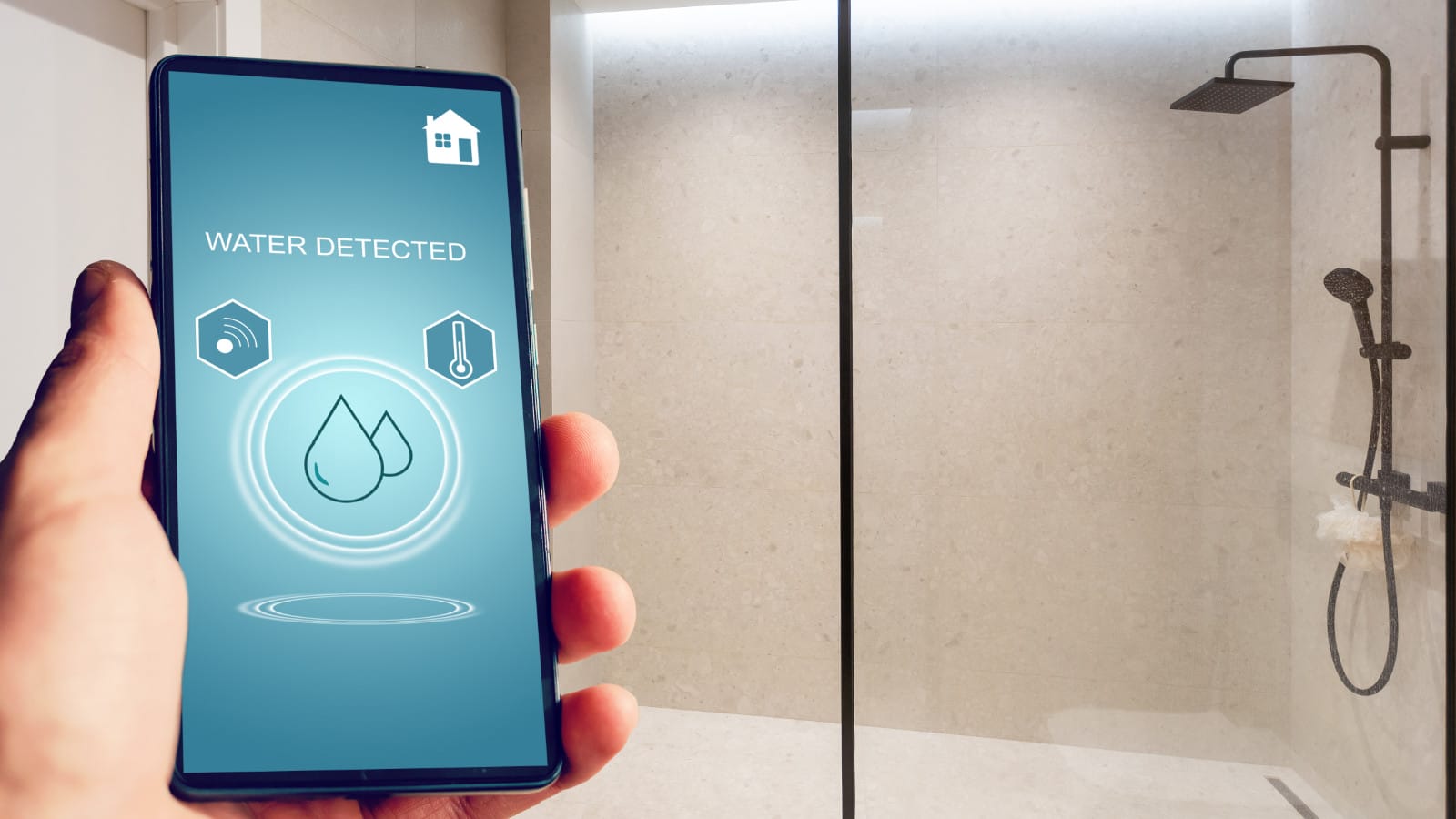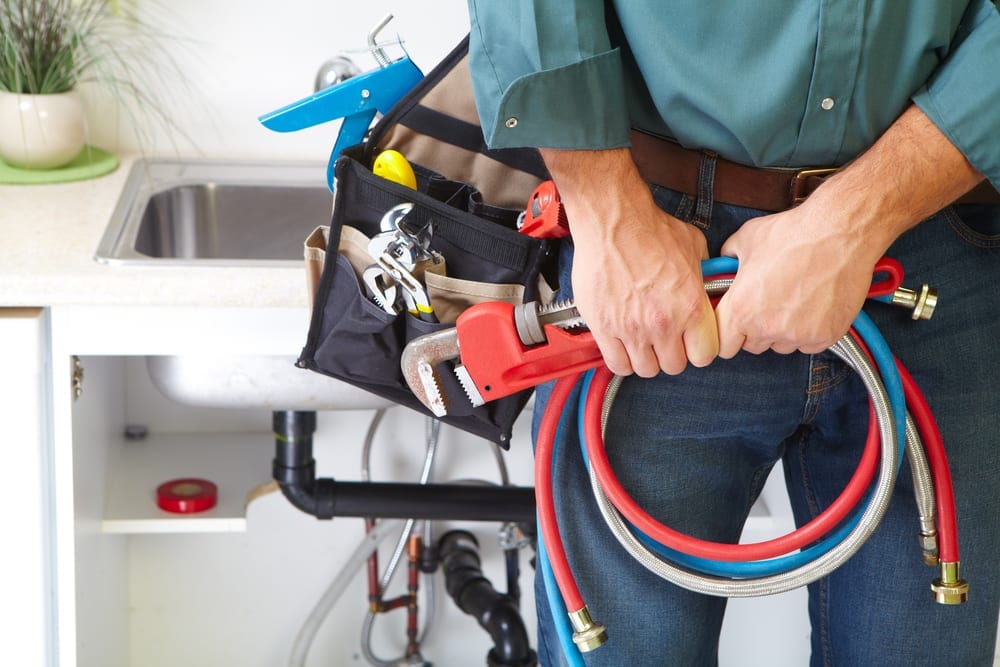What are your ideas about The Future of Plumbing: Trends and Innovations to Watch?

Introduction
The pipes industry is going through a transformative phase driven by technological advancements and growing concerns for sustainability and efficiency. This short article discovers arising fads and technologies forming the future of plumbing.
Smart Pipes Systems
Including clever modern technology into pipes systems enables remote monitoring, leak detection, and automated maintenance. Smart sensors and IoT (Net of Points) tools enable house owners and plumbing technicians to keep track of water usage and identify problems in real-time, leading to more reliable resource administration and positive maintenance.
Water Performance Solutions
With enhancing focus on water preservation, innovative solutions are being created to lessen water wastefulness in pipes systems. High-efficiency components, greywater recycling systems, and wise irrigation controllers are amongst the modern technologies assisting consumers lower their water footprint while keeping comfort and benefit.
Lasting Products
The change in the direction of sustainability reaches pipes materials, with a growing choice for eco-friendly choices. Naturally degradable piping materials, such as PEX (cross-linked polyethylene) and HDPE (high-density polyethylene), deal sturdiness and resistance to rust without endangering ecological stability.
Predictive Maintenance
Predictive upkeep methods utilize information analytics and artificial intelligence algorithms to prepare for and prevent plumbing issues before they take place. By evaluating historical data and performance metrics, anticipating upkeep formulas can identify patterns and anomalies, making it possible for positive treatments to stay clear of expensive repair services and disturbances.
Increased Fact in Pipes
Augmented Truth (AR) technology is reinventing plumbing by providing service technicians with real-time aesthetic guidance for repairing and fixing jobs. AR-enabled wise glasses or mobile applications overlay digital details onto the physical atmosphere, assisting plumbing technicians visualize pipe designs, recognize hidden leakages, and execute repair services with accuracy.
Effect of 3D Printing
The arrival of 3D printing has actually presented new possibilities in manufacturing pipes parts. From custom-made components to intricate pipe installations, 3D printing enables quick prototyping and on-demand production, minimizing preparations and enabling better personalization in plumbing layout.
Health and Safety Qualities
In action to heightened issues for health and wellness, pipes fixtures are integrating attributes such as antimicrobial surface areas, touchless procedure, and self-cleaning mechanisms. These technologies not just enhance hygiene however also promote user comfort and comfort.
Hygiene-focused Components
Touchless taps, self-sanitizing commodes, and antimicrobial surfaces are coming to be significantly widespread in property and business setups, lessening the danger of germ transmission and advertising a cleaner, healthier setting.
Water Quality Monitoring
Advancements in water high quality monitoring modern technologies make it possible for homeowners to check the pureness and security of their supply of water in real-time. Smart water quality sensing units can spot impurities, pH levels, and temperature variants, equipping individuals to take positive procedures to make certain water safety.
Remote Pipes Providers
Remote diagnostics and digital assistance are transforming the means plumbing solutions are delivered. Via video conferencing and remote gain access to technologies, plumbings can troubleshoot problems, supply guidance for DIY repair work, and even execute remote examinations, using higher availability and comfort to property owners.
Obstacles and Opportunities
While plumbing innovations hold immense promise, they additionally present difficulties such as data privacy worries, governing compliance, and the need for labor force training. Dealing with these challenges needs cooperation between sector stakeholders and regulative bodies to make sure secure and accountable implementation of new modern technologies.
Regulative Landscape
Governing structures play a critical role in shaping the adoption of plumbing advancements, with standards and codes controling everything from water effectiveness to product security. As technologies remain to develop, governing bodies need to adapt to make certain customer protection and ecological stewardship.
Future Outlook
The future of plumbing is defined by continued innovation and integration with various other industries such as IoT, renewable resource, and building automation. By welcoming sustainable techniques, leveraging emerging technologies, and focusing on user-centric style, the plumbing industry is positioned to deal with the advancing demands of culture while decreasing its ecological footprint.
Final thought
In conclusion, the future of plumbing is defined by a convergence of technology, sustainability, and user-centric layout. By embracing wise solutions, sustainable materials, and aggressive maintenance practices, the plumbing industry can improve performance, advertise security, and contribute to an extra lasting future.
The Future of Plumbing: Trends and Innovations to Watch
Introduction to Future Plumbing Trends
The future of plumbing is being shaped by several key factors, including technological advancements, environmental concerns, and changing consumer expectations. These factors are driving the development of new products, services, and practices that enhance the efficiency, sustainability, and convenience of plumbing systems.
Key Trends and Innovations in Plumbing
Smart Plumbing Systems: The integration of smart technology into plumbing systems is transforming the way we manage water usage and detect issues. Smart leak detectors, automated water shut-off valves, and smart faucets are just a few examples of how technology is enhancing plumbing systems. These devices provide real-time data and remote control capabilities, allowing homeowners to monitor and manage their water usage more effectively. Water Conservation and Efficiency: With increasing concerns about water scarcity, there is a growing emphasis on water conservation and efficiency. Innovations such as low-flow fixtures, greywater recycling systems, and rainwater harvesting are becoming more popular. Plumbers are adopting these technologies to help customers reduce their water consumption and save on utility bills. Sustainable Materials: The use of sustainable materials in plumbing systems is gaining traction. This includes the adoption of recyclable and biodegradable materials, as well as the use of non-toxic and eco-friendly products. Sustainable materials help reduce the environmental impact of plumbing systems and promote long-term sustainability. Energy-Efficient Water Heaters: Advances in water heating technology are leading to the development of more energy-efficient systems. Tankless water heaters, solar water heaters, and heat pump water heaters are becoming more prevalent. These systems offer significant energy savings and reduce the carbon footprint of homes and businesses. Trenchless Technology: Trenchless technology is revolutionizing the way plumbing repairs and installations are conducted. This method allows for the repair or replacement of pipes without extensive excavation, minimizing disruption and reducing costs. Techniques such as pipe bursting and cured-in-place pipe (CIPP) lining are gaining popularity. Health and Safety: The focus on health and safety is driving innovations in plumbing systems. Touchless faucets and fixtures, antimicrobial materials, and improved water filtration systems are being developed to enhance hygiene and protect public health. Plumbers are adopting these innovations to meet the growing demand for safer and healthier plumbing solutions. Remote Diagnostics and Monitoring: The ability to diagnose and monitor plumbing systems remotely is becoming increasingly important. Remote diagnostic tools and sensors allow plumbers to identify issues and perform maintenance without the need for on-site visits. This enhances efficiency and reduces the need for costly emergency repairs. Impact of Future Trends on the Plumbing Industry
Enhanced Efficiency: The adoption of smart technology and energy-efficient systems will enhance the efficiency of plumbing systems. This will lead to reduced water and energy consumption, lower utility bills, and improved performance. Sustainability: The focus on sustainability will drive the development and adoption of eco-friendly plumbing solutions. This will contribute to the conservation of natural resources, reduction of waste, and protection of the environment. Improved Customer Experience: The integration of technology and innovative solutions will improve the customer experience. Homeowners will have greater control over their plumbing systems, access to real-time data, and the ability to manage their water usage more effectively. Increased Demand for Skilled Plumbers: The adoption of new technologies and materials will require plumbers to acquire new skills and expertise. There will be an increased demand for skilled plumbers who are knowledgeable about the latest trends and innovations. Cost Savings: The use of efficient and sustainable plumbing solutions will result in cost savings for both homeowners and businesses. Reduced water and energy consumption, lower maintenance costs, and fewer emergency repairs will contribute to overall affordability. Preparing for the Future of Plumbing
Stay Informed: Keep up-to-date with the latest trends and innovations in the plumbing industry. Attend industry conferences, participate in training programs, and engage with manufacturers to stay informed. Invest in Training: Ensure that you and your team are trained in the latest technologies and installation techniques. This will enable you to offer cutting-edge solutions to your customers and stay competitive in the market. Promote Sustainable Solutions: Highlight the benefits of eco-friendly and energy-efficient plumbing solutions to your customers. Educate them about the advantages of adopting sustainable practices and products. Leverage Technology: Embrace smart technology and remote diagnostic tools to enhance your services. Offer remote monitoring and maintenance options to provide added convenience and value to your customers. Collaborate with Manufacturers: Partner with manufacturers of innovative plumbing products to gain access to the latest solutions and technical support. This can also provide opportunities for joint marketing efforts. Focus on Customer Education: Educate your customers about the benefits and functionality of new plumbing technologies. Provide guidance on how to use smart systems and maintain sustainable plumbing solutions. Conclusion
The future of plumbing is being shaped by exciting trends and innovations that promise to enhance efficiency, sustainability, and convenience. By staying informed and embracing these changes, plumbers can provide superior services to their customers and contribute to a more sustainable future. The adoption of smart technology, sustainable materials, and energy-efficient systems will drive the evolution of the plumbing industry, creating new opportunities and challenges. By preparing for the future, plumbers can ensure their success in a rapidly changing market.

I'm certainly very interested by Innovative Plumbing Trends Transforming Construction and I really hope you enjoyed my post. Are you aware of somebody else who is fascinated with the topic? Feel free to share it. Thanks for taking the time to read it.
Call